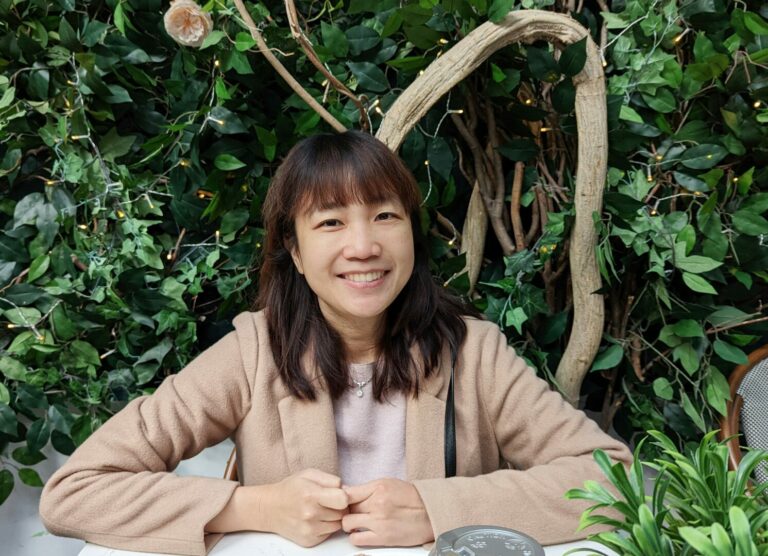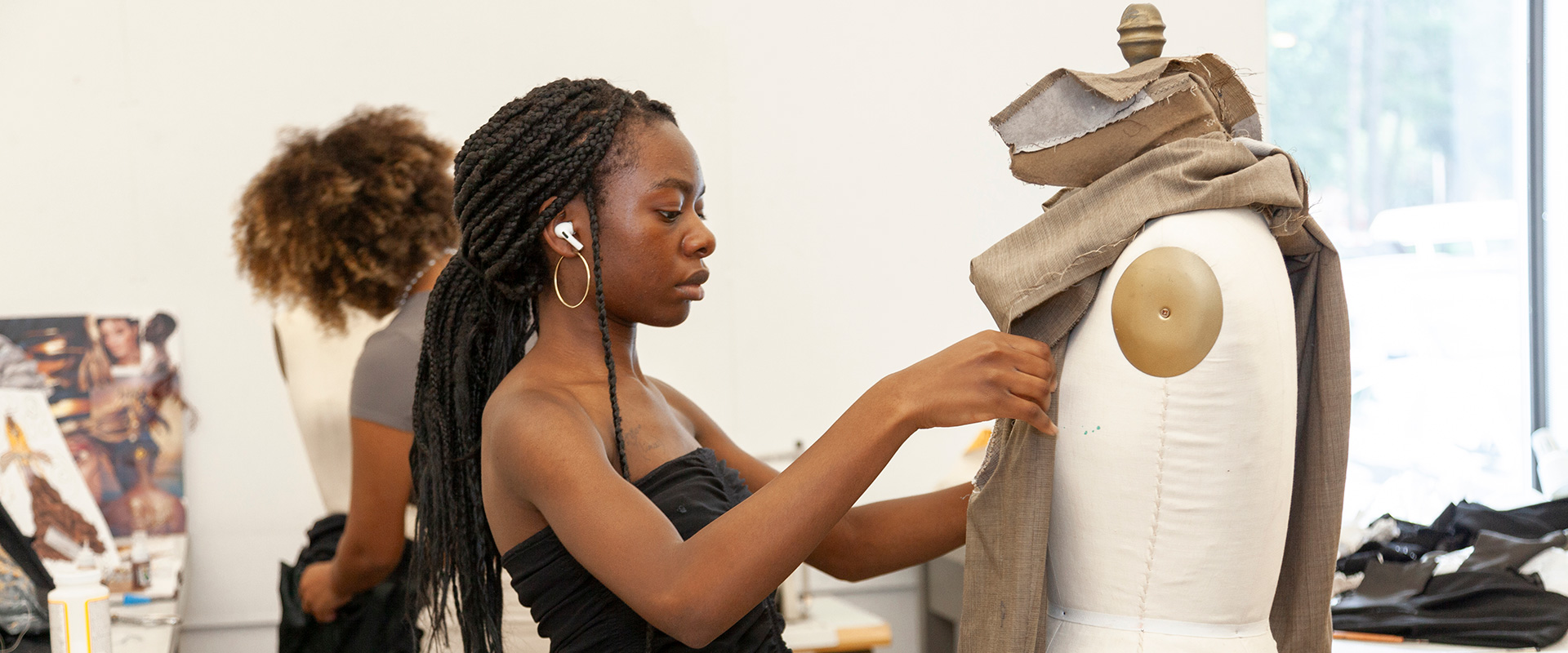We caught up with the brilliant and insightful Hui Jing a few weeks ago and have shared our conversation below.
Hui, thanks so much for taking the time to share your insights and lessons with us today. We’re particularly interested in hearing about how you became such a resilient person. Where do you get your resilience from?
Resilience is something I’ve developed over years of experience in UX design, and it’s deeply rooted in the nature of the design process itself. Design, especially user experience design, requires a constant cycle of listening and integrating feedback, which is essential for creating solutions that truly resonate with users. This process has taught me to empathize with users and approach design from their perspective, which ultimately drives me to craft solutions that genuinely meet their needs.
Collaboration is another integral part of my day-to-day work as a UX designer, and it’s a source of resilience. Receiving feedback from cross-functional teams, whether it’s discussing feasibility with engineers, aligning with business goals, or managing timelines, has taught me to handle various perspectives and challenges. This collaboration ensures that my designs not only work well for users but also align with broader organizational objectives.
In my design process, user testing is one of the methods I often rely on, as are stakeholder discussions, and continuous design iterations. These methods help me refine and strengthen my designs by making them adaptable to real-world feedback and changing requirements.
Given the rapidly evolving field of UX, adaptability is essential. Staying relevant means keeping up with industry trends and maintaining a passion for continuous learning. This adaptability has been crucial to my growth, as it allows me to bring resilience into each project, ready to tackle new challenges and embrace change.
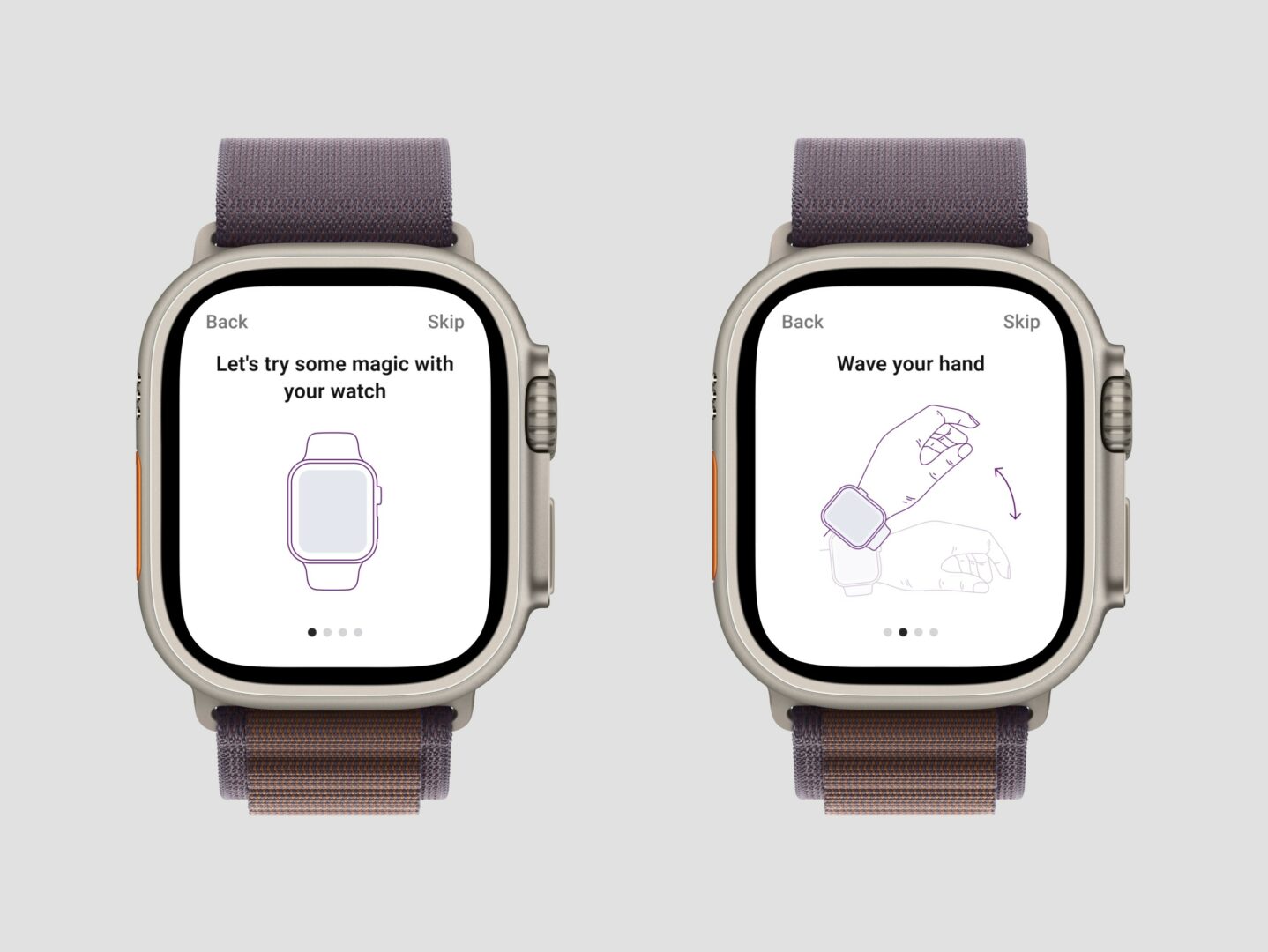
Appreciate the insights and wisdom. Before we dig deeper and ask you about the skills that matter and more, maybe you can tell our readers about yourself?
I’ve been fortunate to work with some incredible teams and brands that have profoundly shaped my approach to design. My professional journey began at Claris, an Apple subsidiary, where I contributed to their rebranding project. This experience taught me the power of design in revitalizing an established brand, blending tradition with fresh perspectives. After Claris, I joined Microsoft Bing as part of the coherence design and research team. There, I focused on improving the search experience, and I had the opportunity to contribute to Bing Chat. It was exciting to design a more intuitive, delightful chat experience that made information more accessible and user-friendly.
Currently, I’m a Senior User Experience Designer at Amex GBT, where my focus is on enhancing the business travel experience. I work on creating a seamless user journey, covering from browsing travel options to booking and managing post-purchase interactions. This role has allowed me to bring a level of consistency and clarity to the UX of a complex product like travel management, which I find incredibly rewarding. I’m also exploring how conversational interactions can enrich the business travel experience.
What excites me most about design is the blend of creativity and problem-solving. I bring a deep understanding of both the visual and functional aspects of design, which allows me to create solutions that are not only effective but also bring a sense of ease and delight to users’ lives. I’m passionate about designing with empathy, always considering how I can make the user’s journey as smooth and enjoyable as possible. This combination of creativity and technical insight is what drives me and is something I strive to bring to every project.
Outside of work, I love to express myself through illustrations, which gives me a creative outlet and a fresh perspective that often inspires my UX work.
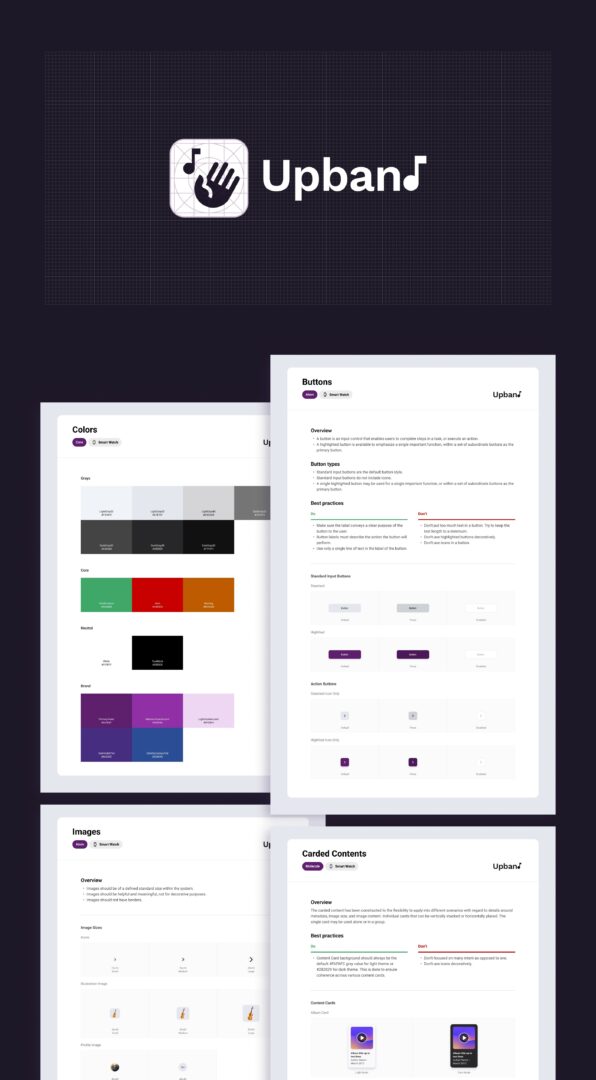
If you had to pick three qualities that are most important to develop, which three would you say matter most?
The three qualities that have defined my journey are empathy, adaptability, and a commitment to continuous learning and refining design solutions. Empathy allows me to design with users’ needs at the forefront, adaptability enables me to embrace new trends and technologies, and continuous learning keeps my skills sharp and relevant. I also believe in continuously refining design solutions, and using feedback to iterate on designs. For newcomers, I advise focusing on understanding user perspectives, welcoming change as a growth opportunity, and staying curious by investing in ongoing learning. These qualities have not only shaped my career but can also provide a solid foundation for anyone beginning their path in UX.
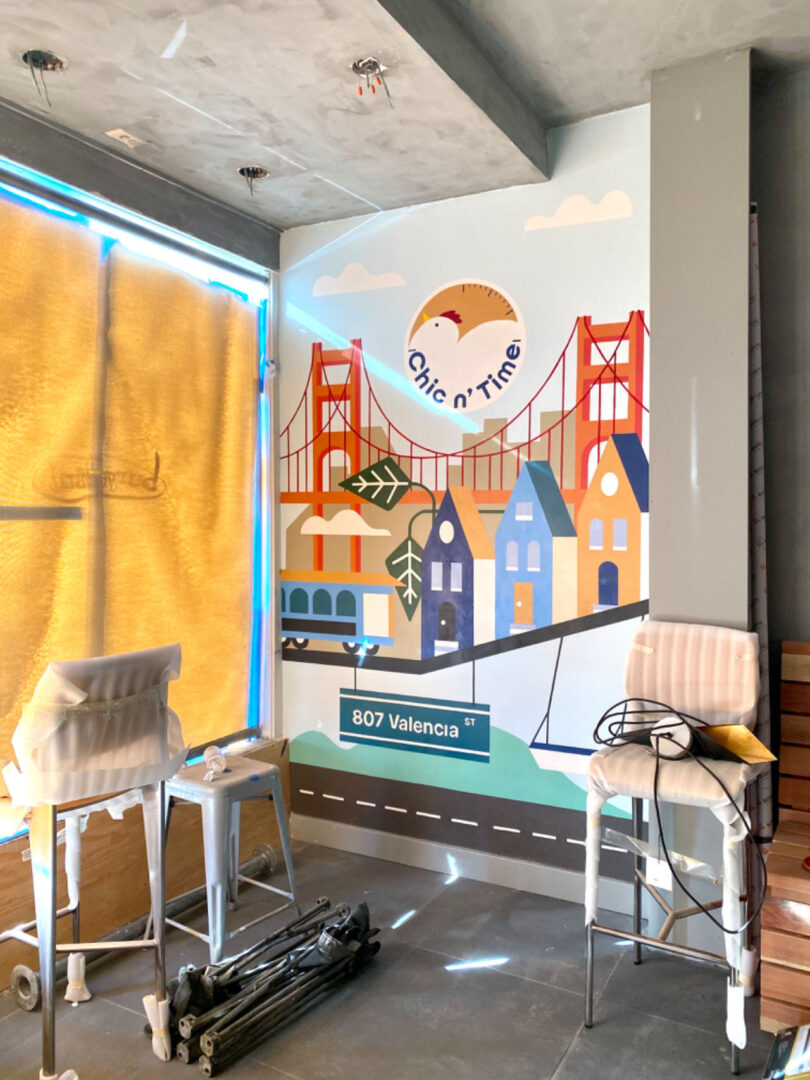
Awesome, really appreciate you opening up with us today and before we close maybe you can share a book recommendation with us. Has there been a book that’s been impactful in your growth and development?
One book that has been influential in my development as a designer is The Design of Everyday Things by Don Norman. This book opened my eyes to the idea that good design isn’t just about aesthetics; it’s about usability and making products intuitive for people. Norman emphasizes that design should help users naturally understand how to interact with an object, whether it’s a door or a piece of software. The book taught me the importance of making functions visible, aligning controls with natural actions, and providing feedback to guide users seamlessly to their intended actions. One of the most impactful insights for me was that if users struggle with a product, it’s often a design flaw, not a user failure. This idea has become a core part of my design philosophy: always prioritize the user’s experience and make interactions as intuitive and effortless as possible. Norman’s work encourages designers to consider human psychology and empathy, two principles that continue to guide my work in creating user-centered designs.
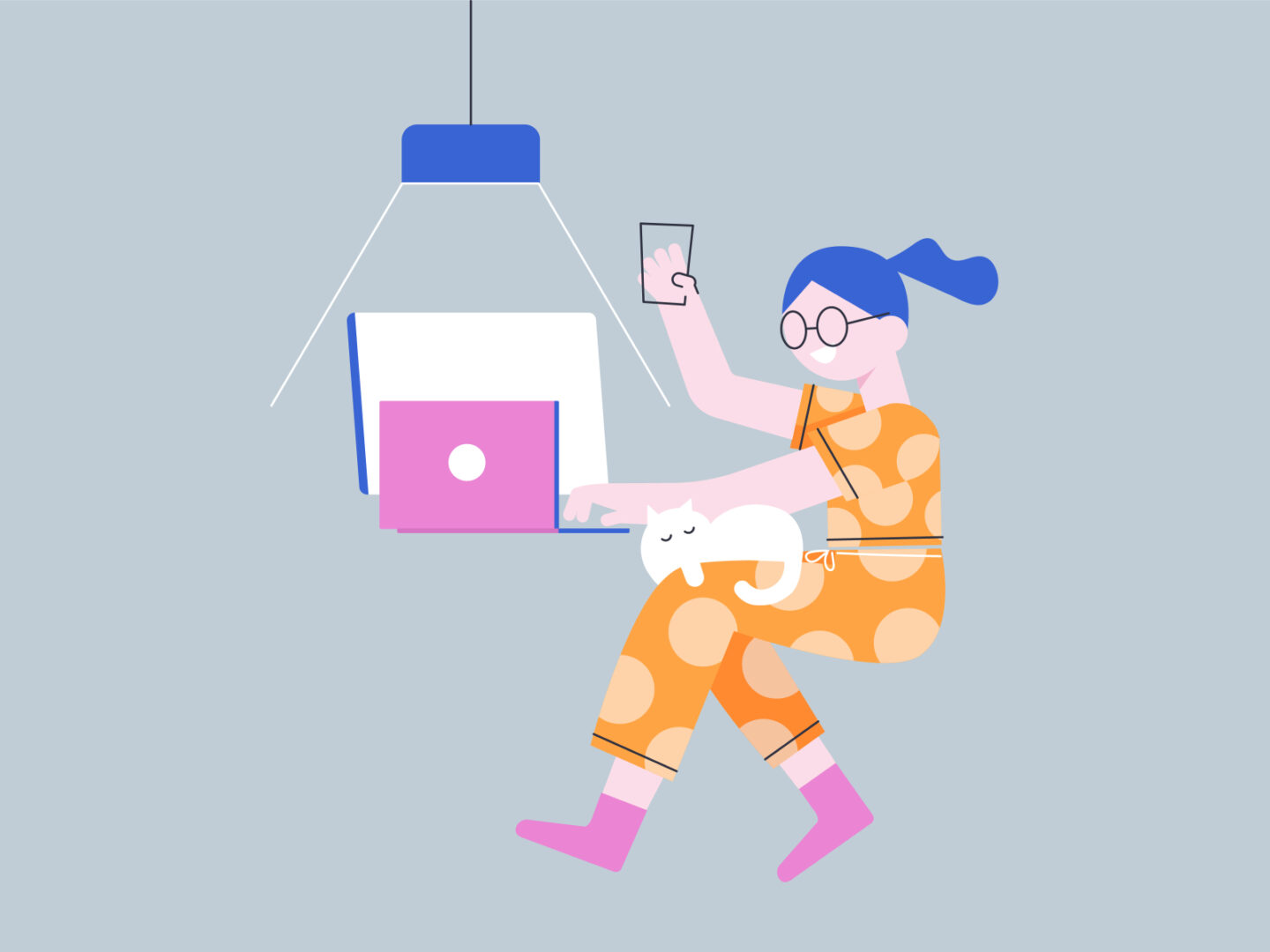
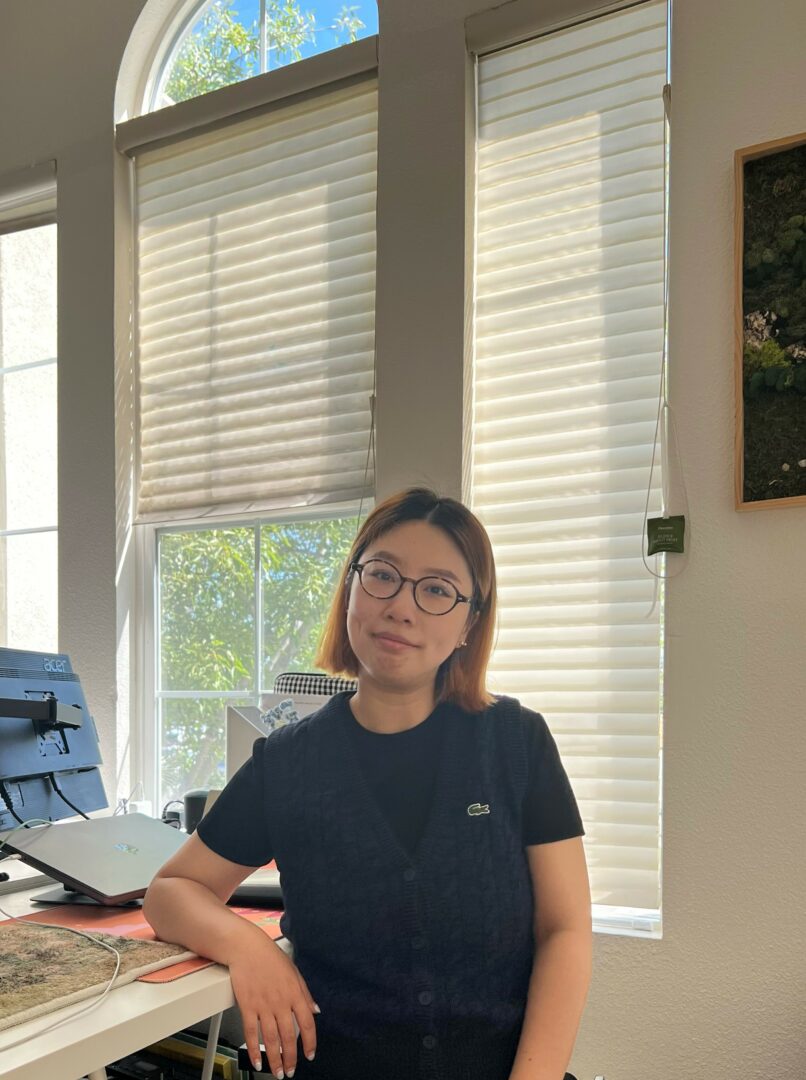
so if you or someone you know deserves recognition please let us know here.


